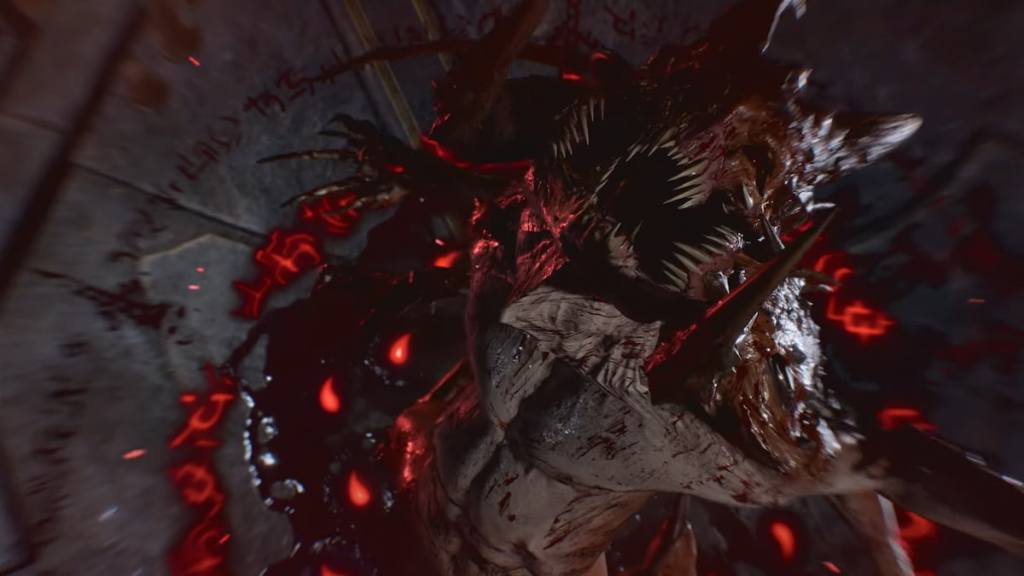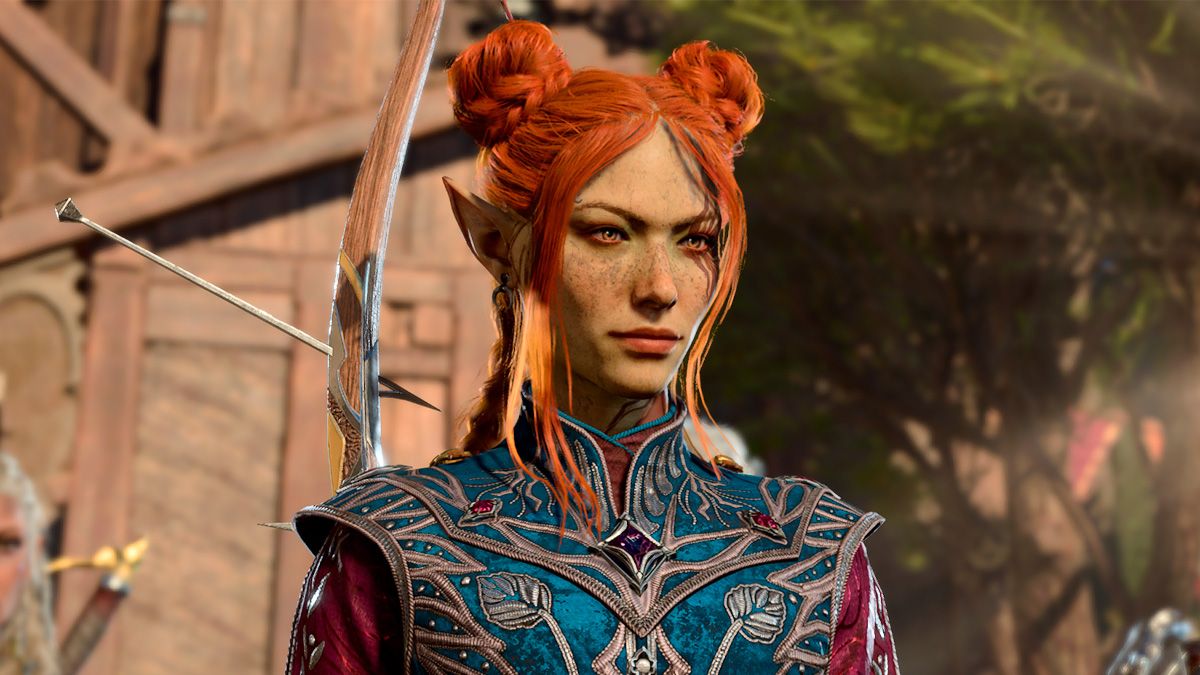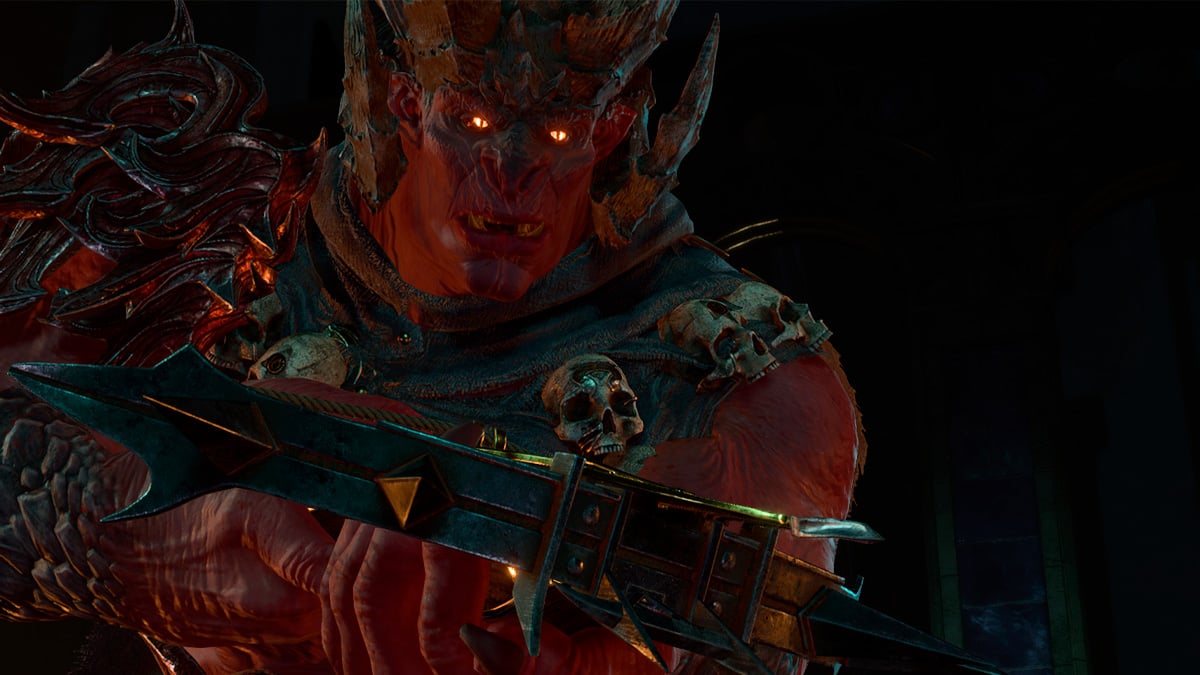Baldur’s Gate 3 is based on the Dungeons & Dragons 5E rules, but does it use the D&D alignment system for its characters? The role of the alignment system has changed a great deal since the days of the old Baldur’s Gate titles, as your choice of alignment had drastic implications during the Advanced Dungeons & Dragons edition era.
The alignment system in D&D involves the player determining their character’s belief system based on a pinpoint between the Lawful and Chaotic and Good and Evil. This means there are nine alignments, though DMs often vary on how much they enforce it. Some DMs will punish the player for not following their alignment, while others don’t care if the player selects one.
Related: Baldur’s Gate 2’s Slayer Form Makes Surprise Return In Baldur’s Gate 3
Does Baldur’s Gate 3 Use The D&D Lawful Good To Chaotic Evil Alignment Scale?

Baldur’s Gate 3 uses many elements from D&D rules, but not all. Baldur’s Gate 3 does not use the D&D alignment system. Instead, you pick an Origin for your character and have specific background roles, but none are related to alignment. Some are eviler than others, such as Baldur’s Gate 3’s serial killer background, but even then, you can resist the temptation to commit ultra-violence.
The reason alignment is gone is likely because it’s not as present in the D&D 5E rules as it used to be. In the old days, a Paladin had to be Lawful Good, and any deviation from this path led to them losing their powers. Nowadays, Paladins can be any alignment they want, following any number of paths. It must have been an easy cut because alignment has no mechanical purpose in D&D anymore (outside of a handful of spells and abilities). Baldur’s Gate 3 has a specific Paladin subclass that comes about from acting evil, but it’s not tied to alignment.
The fact that Baldur’s Gate 3 scrapped the alignment system is good, as it gives you unparalleled freedom to act how you want. This is encouraged in a video game form, where the satisfaction of the player is the central point of the game, unlike in a full D&D session, where a player who acts like they’re in a Grand Theft Auto game is going to ruffle the feathers of the other party members.
Related: Baldur’s Gate 3: What’s The Level Cap?
The alignment system has been losing relevance over the past few D&D editions, but it likely won’t go away simply because it’s been a core part of the experience for so long. It was smart of Larian Studios to dump the alignment system in Baldur’s Gate 3, as it would have been an unnecessary restriction on how the player can act when they’re supposed to be living out their D&D fantasy.







Published: Aug 11, 2023 01:38 pm